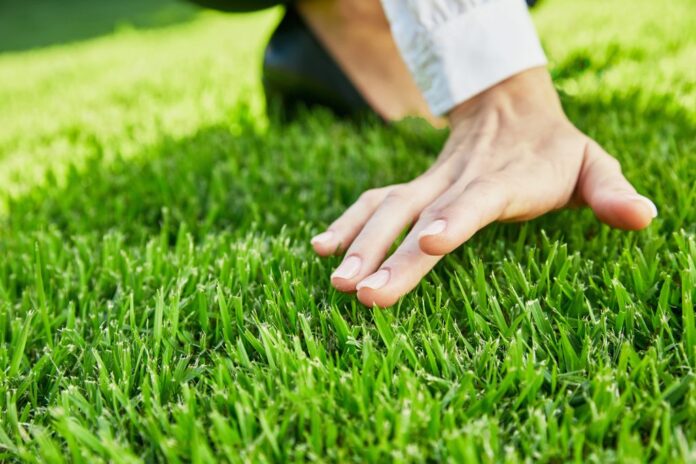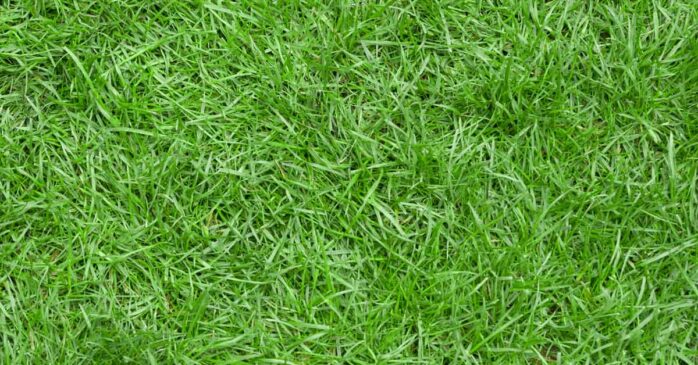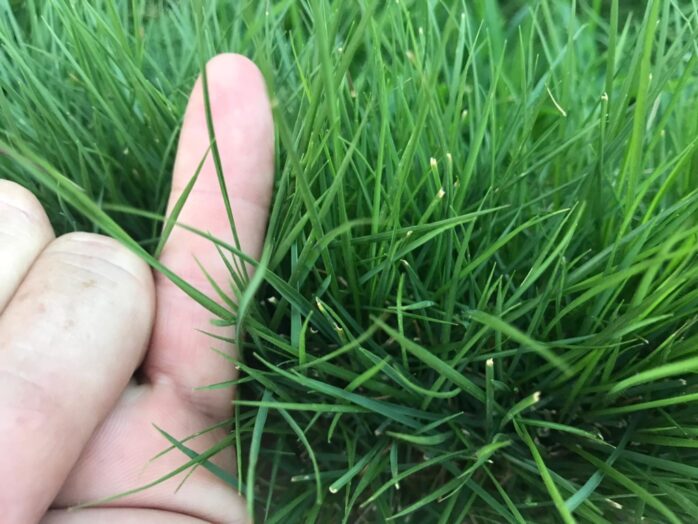
In the world of gardening and lawn maintenance, we meet all sorts of grasses that come in different shapes and forms. Coming from Asia back in the early 1900s, Zoysia grass is a special type, particularly suitable for homeowners that love to enjoy neatly cut, beautiful lawns. Zoysia finds its uses on the golf courts as well and handles a wide range of different conditions.
It grows especially strong and dense during spring, summer, and early months of fall. During the winter, it turns brown and declines until the next sunny period of the year. It has a high tolerance for frost even throughout the coldest winter months.
However, it will provide you with a beautiful lawn during a warm period without special treatment and maintenance requirements. In this article, we will discuss some of the Zoysia grass properties, how to grow it properly, and its tiny details.
What is Zoysia grass?

It is the grass that is often classified as warm weather type. This plant will endure even the roughest climate during the year, from dry and hot summer periods to frosty and unforgiving periods of winter. Although it changes color to brown when the first chilly days start, it has a very high cold tolerance.
However, it does require lots of sun and light when it grows. Even the partial shadow can affect its growth negatively. When it first turned up in the United States, lawns had just started to be popular in the country, and demand for dense, high-quality grass was through the roof.
Zoysia’s high endurance and low maintenance requirements were just the things everyone was looking for. Being a perennial plant meant that it would come back after winter in the places where the climate is suitable. It was very popular throughout all southern states, from the Florida area all the way to sunny California.
The growing season for this particular species starts at the end of the spring. Once the heat rises sufficiently and reaches its peak during the summer period, the grass will get its optimal length. It looks lovely in a household setting and has a beautiful green color that will suit any lawn enthusiast.
Types of Zoysia grass
There is a total of three types of this Asian grass, and we will walk you through all of them in the brief section below.
Zoysia japonica

This type is quite resilient and can endure all sorts of weather conditions. From drought to frost, it will persevere. This cultivar is also very fast-growing and requires very little care to form strong. It is highly durable and resistant to weeds, easy to mow, and beautiful throughout summer days when it is at its peak.
Zoysia matrella

Among these three species, matrella is the densest type and has much more superb leaves. However, it requires a bit more effort to maintain it than japonica. Its resistance to cold is much lower, and it grows a bit slower than the other two subspecies. It is preferable to plant it on sandy soils, where unlike different types of grasses, it has much more growth success.
Zoysia tenuifolia

This one also goes by the name of Korean velvet grass. Its wavy look makes it a very attractive architectural plant. It is invasive species, so the intelligent thing before planting would be to inspect the flower beds you have. It has a lovely texture, and since it is slow-growing, you will not have to mow it as much.
Resilience, tolerance, and properties
This species is very well known for its high tolerance for dry climates and drought periods. It has deep roots and can survive just about anything with only natural rainfall conditions. However, its shade tolerance is a bit tricky part since its growth can stagnate in areas where the sun does not reach it regularly.
Its bright green color will sustain throughout the year and make your lawn dense and beautiful for an extended period of time. This grass will also succeed and grow in coastal areas because of its salt resilience. It has great erosion control properties and can solidify the soil it’s been growing on.
How to take care of Zoysia grass

This cultivar is not difficult to grow and maintain. It requires merely basic care to develop strong, green, and beautiful.
Although it is very drought-resistant, it might turn yellow if you do not water it regularly and properly. One inch of water weekly should be just about enough to keep it fresh, healthy, and proper shade of green. If, in any case, it starts to get yellow color and you forgot to water it, just continue the process and water it as you did before, and its color will return.
You will not need to take much of your time to maintain this grass as far as mowing goes. The ideal height for this cultivar is typically around two inches, and you should mow it at least once a week. This kind of treatment will grant you the best look and health for Zoysia.
As far as fertilizing goes, you should do it in a 1-2-1 nutrient mixture ratio. In order to get more success out of it, fertilize between four or six times during the season of growth. This is generally done in the period from spring to very late summer. However, you should not do it during early spring since it might contribute to premature green-up, which you should definitely avoid to maintain grass health.
Last but not least, it is important to watch out for pests and various types of diseases that can attack the grass. Although Zoysia is pretty resilient and can endure very harsh conditions, it can succumb to chinch bugs and hunting billbugs. To remove them, all you need is any type of natural insecticide.
In case you notice the grass is developing some sort of fungal disease such as a large patch, stop watering it at nighttime until discoloration stops.
Final Words
This special Asian cultivar is a fantastic choice for your lawn. It is low-maintenance and visually appealing for every lawn enthusiast. It grows thick, dense, and lush, and it is an absolute joy to see once it is freshly cut.
If you are fishing for new species for your household and live in southern parts of the United States, look no further. We hope we managed to explain the basics of this particular grass and how to grow it successfully. That being said, if you ever decide to opt for it, you will know how to approach the growth of this beautiful, decorative species.






